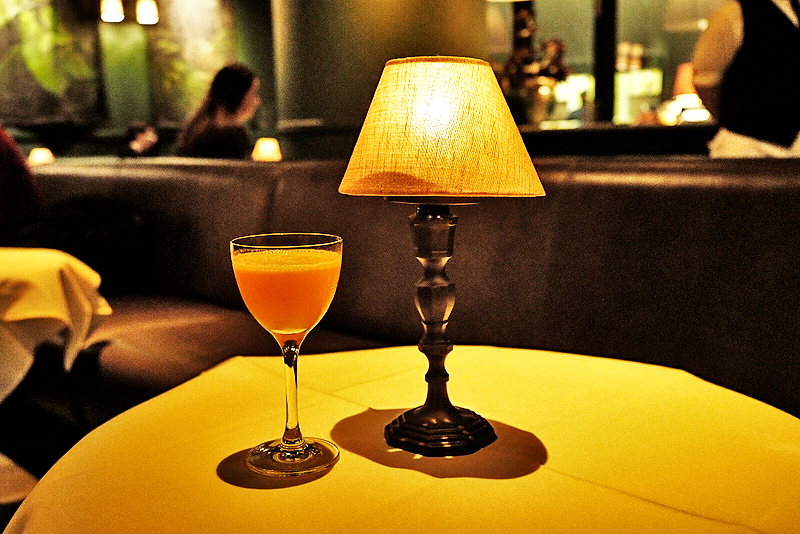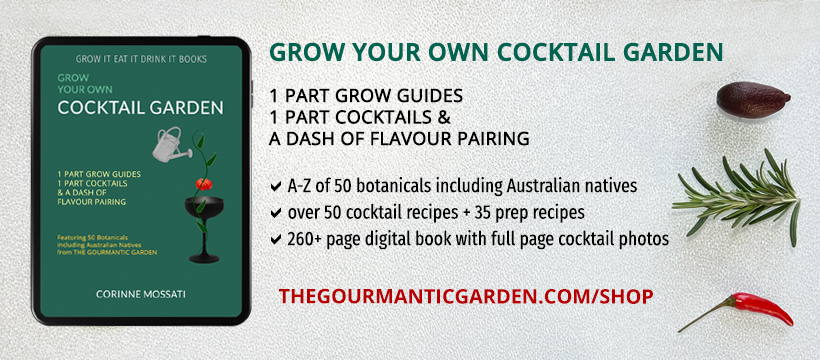Little Felix opened in Sydney with the premise of bringing a taste of Paris to the CBD. We speak with Sam Egerton, Group Bars Manager at Merivale about the creative process behind the French-inspired cocktail list.

Le Charlatan – Photo © Cocktails & Bars
Little Felix Cocktails
The twelve strong cocktails at Little Felix are inspired by classics that were either created in Parisian hotel bars in the 1910s to 1930s or made famous in Paris at that time. With a classic orientation, they are designed to take the guest from Aperitif to Digestif with Drinks of the Day in between.
Creative Process
The creative process behind the creation of the cocktail list began with a list of twelve classics where the team examined what could be changed then proceeded to change one ingredient at a time, with up to four to twelve step changes. For example, the French 75, a combination of gin, sweetener, citrus and champagne becomes the Paris Meridian, a drink that is offered three ways by changing the gin component, and moving up from Chandon Blanc de Blanc to ‘R’ de Ruinart and Dom Perignon. As the list moves towards the luxurious products, the citrus element is pulled right back allowing the sweet and sour to become more accents. Similarly, Le Ricain which is based on the Sidecar gets an upgrade from Hennessy VS and Martell Cordon Bleu to Hennessey Paradis and is finished with three drops of Armagnac.
Le Raconteur, based on the Alaska cocktail which is traditionally, gin, yellow Chartreuse and orange bitters, makes use of a mistelle, Macvin du Jura to add oxidative funk, and combines Plymouth Gin and Monkey 47 as two complementary elements. “Plymouth Gin stands up well to Yellow Chartreuse but having a smaller basket of botanicals, we’ve added Monkey 47 to give more zest to the drink,” says Egerton.
How the Monkey Gland Became Le Charlatan
Le Charlatan exemplifies of the creative process behind the cocktails at Little Felix. The drink is based on the Monkey Gland, a cocktail that many people don’t think highly of as it contains orange juice, a modifier often thought to be divisive in cocktails.
In its simple form, the Monkey Gland is a gin-based cocktail with orange juice, absinthe and grenadine. “When you use store-bought orange juice or oranges that are juiced at the start of the day, and use mass produced grenadine and add a healthy dollop of absinthe, it becomes a horrible drink,” Sam Egerton explains. “So we pulled it apart into components. We looked at absinthe but wanted it as an accent. It’s served out of a dropper bottle, two drops to be exact so it’s controlled.”
Grenadine is the one ingredient in the entire menu that is made in-house. With the exception of sugar syrup and citrus, everything else is pre-existing.
In the case of orange juice, pre-peeled oranges are kept in the fridge and juiced to order in a centrifugal juicer, a process that brings lightness, freshness and texture as in the Garibaldi. “Traditionally the type of orange in the Monkey Gland was the Seville orange which is more bitter than the ones we get here. With that in mind, we added a small portion of lime juice which helps acidulate the orange juice. The final element to bridge the gap between the gin and the juice is a fine Curaçao from Bertrand.” The result is a bright and layered cocktail with a lot more orange notes. “Altogether it’s a simple drink but the thought process that went into it turns a drink that is traditionally not the most delightful into something that is quite the opposite.”
Little Felix Cocktails: Digestifs & After Dinner Cocktails
From the Digestifs, Demi Monde is based on Between The Sheets, a drink that is traditionally shaken. To make it into a digestive, cognac is added to the rum along with Prunelle and lemon juice and the drink is stirred. Some Assemblage Required is a bitter, spirit-forward drink based on the Boulevardier. It introduces red Pineau des Charentes, pairs it with Antica Formula stirred with coffee beans and served over ice.
“One of the thought processes was, what if a couple of bartender friends were to open a bar in Paris that’s not too weird and wonderful, what would they do?” says Egerton. “They would make drinks like this. They would be using established ingredients but they would be using the intelligence of understanding the importance of technique and attention to detail”.
Click through the following pages to view the cocktails.

